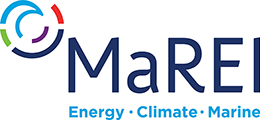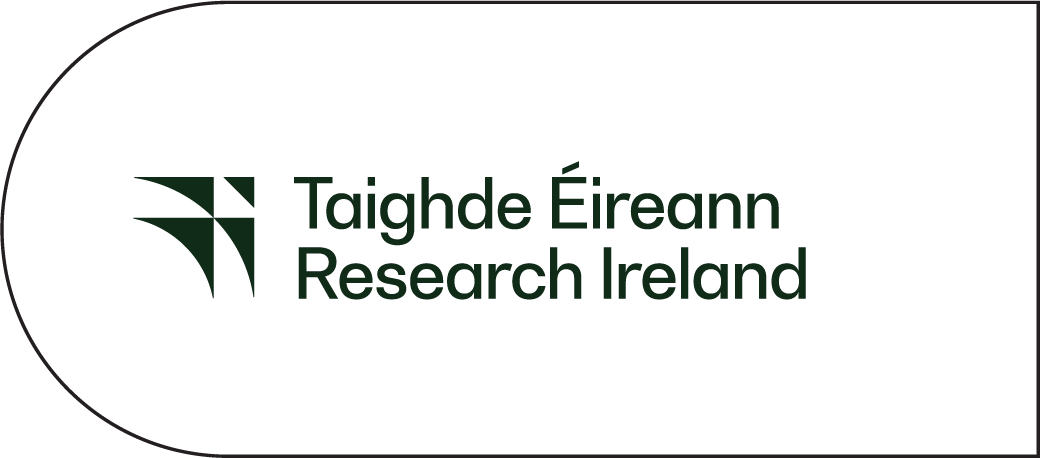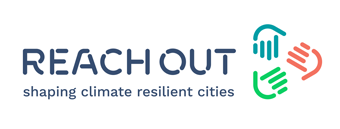
New Study shows advances in Social Vulnerability Index for Climate Risks
A new paper published in MethodsX, highlighting recent developments in the methodology of a social vulnerability index to climate hazards, with applications through the REACHOUT, TALX2 and DIRECTED projects.
Abstract
Climate change is causing increasing frequency and severity of various hazards such as flooding and extreme temperatures. Vulnerability analysis that broadens the focus beyond exposure to hazards is invaluable in supporting just climate action. This study outlines the modifications made to the social vulnerability to environmental hazards index developed by Fitton et al., [1] building upon previous work to make the index hazard specific and applicable across a range of locations, with case studies in Ireland, Italy, Northern Ireland and Spain and by a variety of users. New indicators have been included in the current version of the Social Vulnerability Index (SVI) and various weighting methods proposed. This method was developed using programming tools in R and GIS (Geographic Information Systems), both of which are accessible and easily adapted and updated, to support wider dissemination and overall usability.
- Step-by-step guidance on the use of the SVI so that the method can be adapted and replicated
- A variety of methodology options to suit users with different levels of data availability
- Tailored to the needs of local authorities to support climate adaptation measures that are equitable










